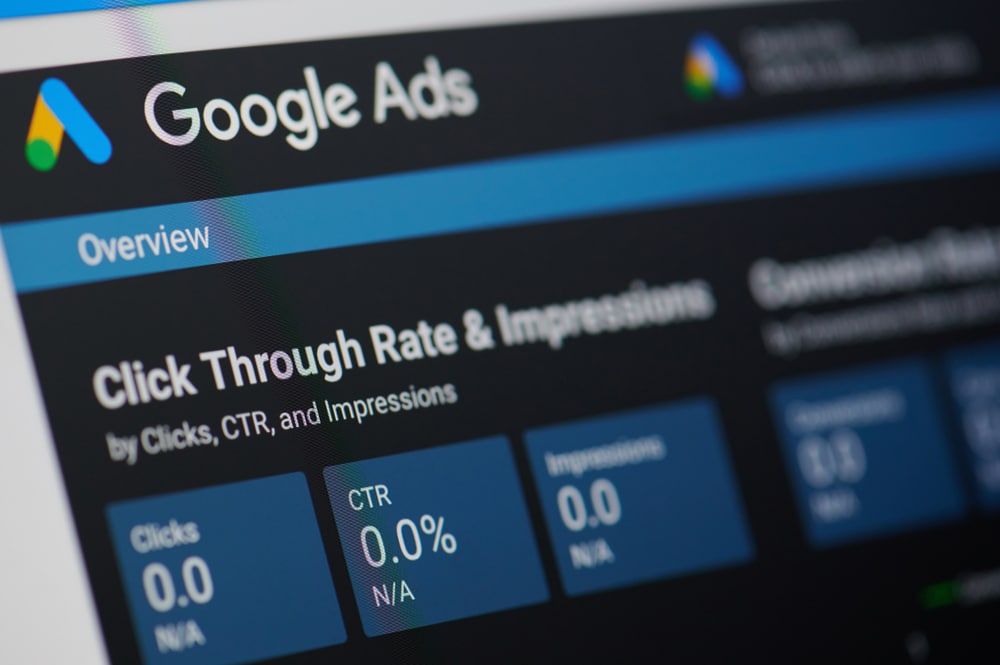When it comes to spending money on advertisement you want to be assured that it’s going in the right place. That’s why there are always a few questions you should confront your campaign with. What’s your target audience? What’s your budget cap? Where will you send those who show interest?
Knowing the answers to these questions, and being concise in your goals, will save you later on. To give you some idea of the commercial battlefield that Google has become these days – there are almost 3 billions monthly visitors and about 5 billion daily interactions. That’s a whole lot of footfall for those multi-coloured letters. And if you’re too broad in your ambitions at the outset, you will fall quickly into the traffic abyss, without results.
Luckily, there is a place – launched only two years after the world’s most popular website – where you can refine your targets, fine-tune your campaigns and reach exactly the right demographic. This advertising platform was first introduced to us back in October 2000 as Google Adwords. Since the rebrand, almost two decades later, we know it under a different name.
Introducing… Google Ads
The platform has such an expansive reach that it’s very easy to cast a too-wide net. Pretty much everyone who’s used the search engine will click a Google ad at some point, even if they aren’t aware of it. So, the potential customer range is massive. To combat that daunting prospect, you need a focused campaign to generate clicks. Take the Ronseal approach and ensure your ad: ‘does exactly what it says on the tin’. That way you will have a much higher probability of hitting your targets.
If you’re totally new to Google Ads, we should explain that it’s a paid advertising platform within the pay-per-click (PPC) marketing channel. So, as an advertiser, you pay for every click or impression you obtain. It’s a very effective method of driving quality traffic and spinning out ads that are carefully timed and targeted via the search engine results page (SERP).
Does it work? Well, yes, display ads see roughly 180 million impressions on a monthly basis and paid Google ads accumulate around 65% of clicks from users looking to buy. So, you can really build a high-ROI marketing campaign if you sift through those 5 billion daily search inquiries.
Here are a few simple pointers on exactly how to do that:
Don’t Just Use Generic Search Terms
One way to stand out from all the other companies using Google Ads is to generally stay clear of broad terms everyone searches. Test and tweak each term you rely on. Find your audience by analysing their search patterns and the terminology they use. If you wind up plonked in front of the wrong audience you’ll face a high ad spend with less clicks.
Start With A Template
Google and HubSpot provide a planning template to help you wrangle your PPC projects. Always follow the guidance and take time to preview the ad as it appears online, refining your copy, choosing the best graphics and defining your targets early on. This will also help you to avoid running irrelevant ads. Predict your searcher’s intent and try to anticipate which clicks will count/convert. Include the keywords you’re bidding on in your copy. You might also want to split test your tuning abilities by creating multiple ads under one campaign.
Optimise Everything
We can’t stress enough how important it is to go over your campaign with a fine-tooth comb. This refinement extends to the landing page you’re sending your audience to. Don’t stop with the ad. Think about the user experience after that first click. Conversions are built through quality assurance and careful guidance. Also, if your ad has a high Quality Score (QS) this will change how Google ranks it. The higher your score the better you will rank in those top links on the Search Engine Results Page (SERP). The platform lets you know your score and then it’s on you to improve it.
Do you have any questions about anything we’ve brought up in this article? Please let us know in the comments section below…


